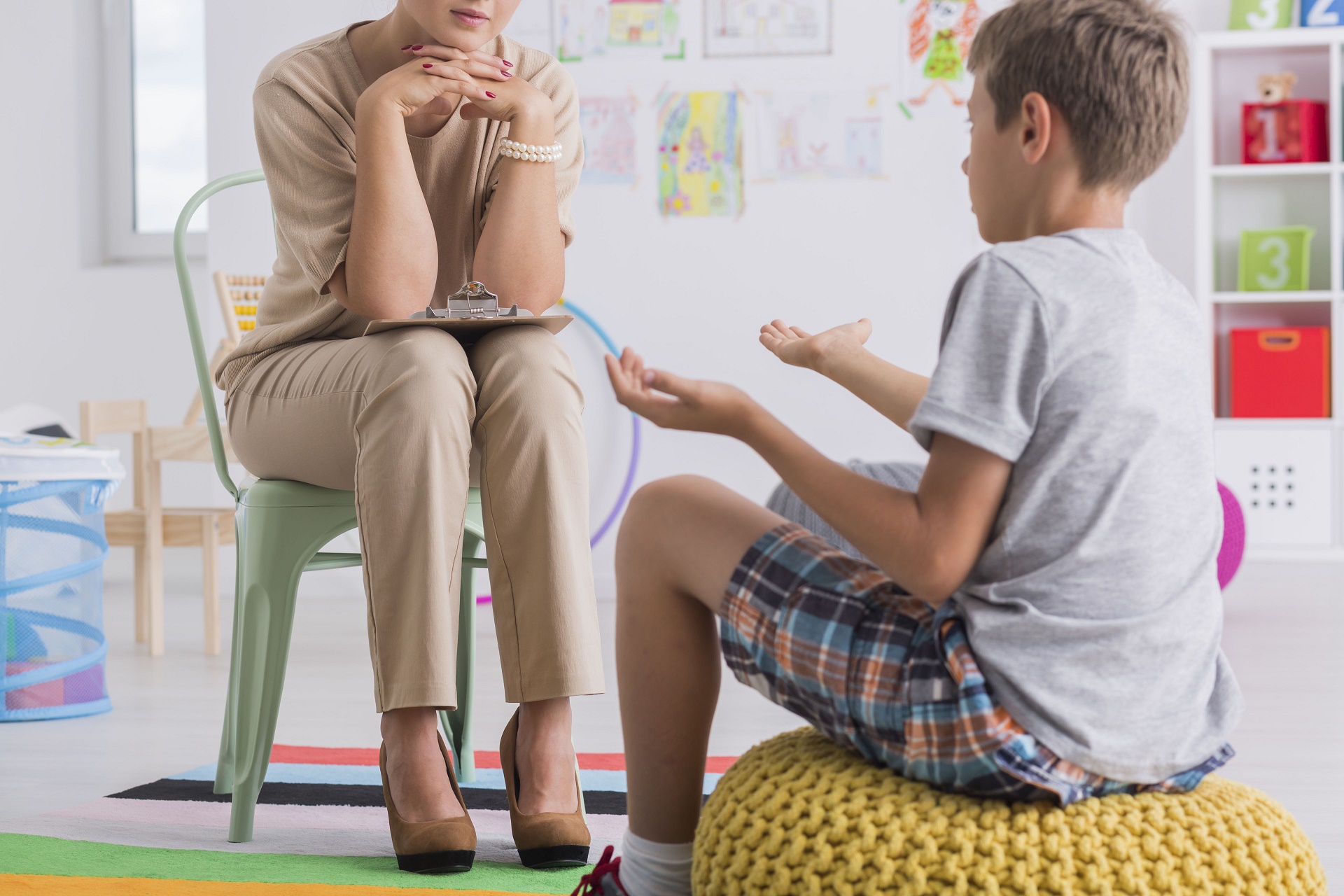
An article on Social Intelligence – Observing Nonverbal Behavior and Understanding Emotions – by Dr. Sandeep Atre
By the time we humans are six months old, we can see the connection between our behavior and caretakers’ response. We fake a cry to gain attention, or pretend a laugh to gain affection…
……….
And then lying continues; just the reasons change – in childhood, we lie mostly to avoid punishment. In teenage, we lie mostly to manage impressions. In youth, we lie mostly to obtain rewards or to control information. And in old age, we lie mostly to maintain privacy or to get out of awkward social situations.
However, when it comes to kids, the lies can have far graver consequences, as for them, it is hard to understand the thin line between ‘white lies told for social accommodation’ and ‘dark lies that can be harmful’. That’s why it is important to spot their lies and address them.
Now, there are two kinds of clues to deceit – verbal and nonverbal. While verbal clues like ‘inconsistency in structure of communication’, ‘lack of details’, ‘use of distancing language’ etc. can help you spot a lie, only nonverbal clues i.e. ‘reading expressions and gestures’ can help you reach what lies beneath.
……….
Remember! It is not about lie…but also about ‘why’.
Dr. Sandeep Atre, Founder Director, Socialigence – Developing Social Intelligence
www.socialigence.net – Specialized Online Courses and Customized workshops on Observing Nonverbal Behavior and Understanding Emotions
PS: All inputs on observing nonverbal behavior should be applied after establishing the baseline behavior.
